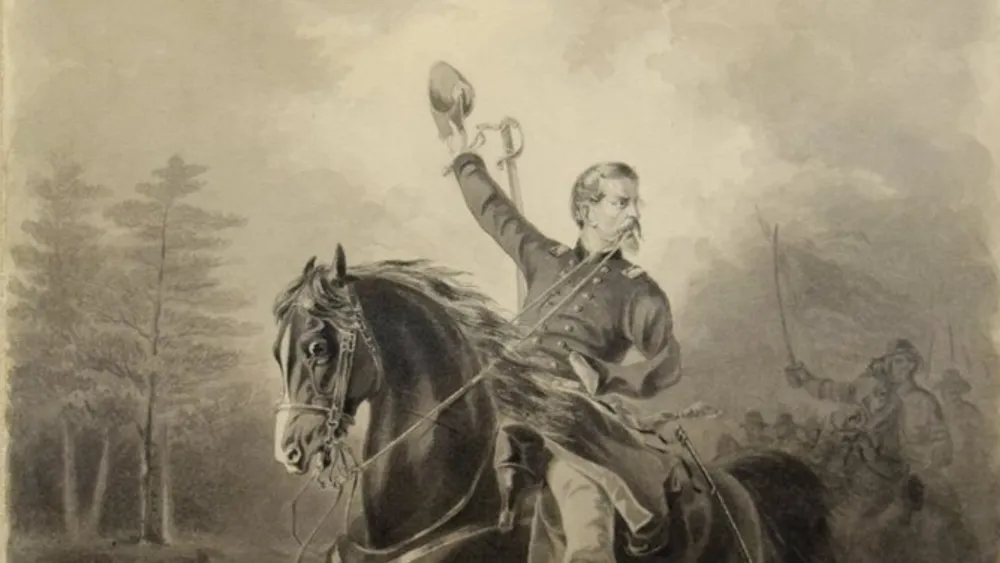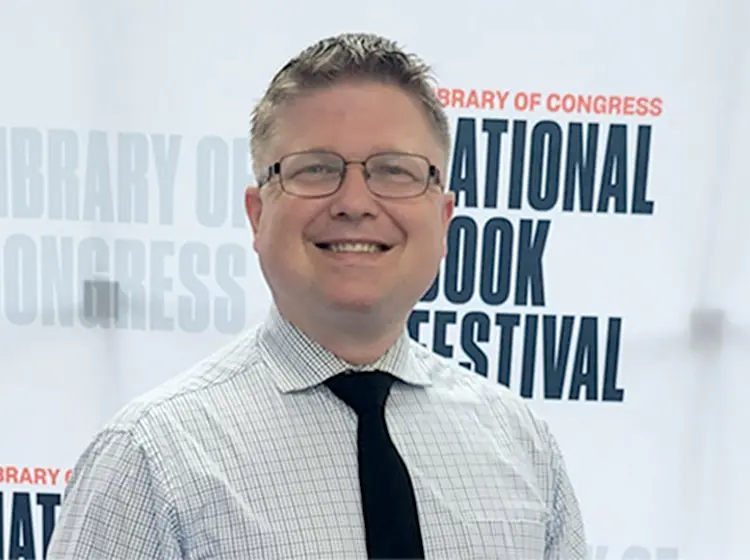Philip Kearny, born on June 1, 1815, in New York, descended from privilege; his father co-founded the New York Stock Exchange, and his maternal grandfather was one of America’s wealthiest men. Tragedy struck in 1823 when Kearny’s mother passed away.
Kearny’s influential grandfather raised him, and he initially aspired to a military career. However, his father and grandfather redirected him toward Columbia College. Kearny graduated with a law degree in 1833, but he practiced law briefly in New York without enthusiasm for the profession.
This marked the early chapter of a remarkable life, where his true calling as a military leader would eventually emerge.
Philip Kearny and his New York Roots
Philip Kearny’s privileged upbringing in the bustling heart of New York City played a pivotal role in shaping his character and aspirations. Born into a family of means and distinction, he enjoyed the benefits of a refined education.
Which not only nurtured his intellect but also exposed him to a world of diverse cultures and ideas. As the son of Philip Kearny, a well-known entrepreneur and diplomat, and Susan Watts Kearny, he was groomed for a life of privilege and influence.
The bustling streets of New York City provided the young Kearny with a unique perspective on the world. The city’s vibrant energy and diverse population ignited in him a love for adventure and exploration.
He was drawn to the mysteries beyond the horizon, eager to seek out new frontiers and test his mettle in the crucible of life’s greatest challenges.
This innate spirit of adventure would ultimately define Philip Kearny’s military career. Therefore, it propelled him onto the global stage and into the annals of history.
The Capture of Santa Fe: A Pivotal Moment in the War
During the Mexican-American War, Philip Kearny’s military prowess truly came to the forefront. He was not content with merely following conventional strategies but sought to innovate and push the boundaries of what was possible on the battlefield.
This commitment to innovation led to his nickname, “Kearny the Dragoon,” a moniker symbolizing his unorthodox and highly effective approach to warfare.
Kearny’s strategic use of cavalry was nothing short of revolutionary. He recognized the speed, mobility, and shock value mounted troops could provide on the battlefield. As a result, he consistently outmaneuvered his opponents.
Delivering swift and decisive blows that often left them reeling. This innovative use of cavalry tactics earned him a reputation not just as a military leader but as a visionary in the art of war.
One of the most significant moments in Kearny’s military career during the Mexican-American War was the capture of Santa Fe, New Mexico. This was no small feat; the city was a crucial strategic point, and its capture signaled a turning point in the war.
Innovative Military Tactics
Kearny’s military career blossomed during the Mexican-American War (1846-1848), where he showed exceptional leadership abilities and innovative military tactics. His strategic use of cavalry earned him the nickname “Kearny the Dragoon,” and he quickly rose through the ranks.
Kearny was instrumental in capturing Santa Fe, New Mexico. His leadership also played a vital role in the U.S. Army’s victories in several battles during the War.
Hero of Two Worlds
While Kearny’s contributions during the Mexican-American War were significant, his legacy extends beyond the borders of the United States. After the War, Kearny embarked on an adventure that would take him to the other side of the world: France.
Kearny’s time in the French Foreign Legion earned him a reputation as a fearless and competent officer. He even received a promotion to the rank of lieutenant colonel.
This remarkable journey made him a true hero of two worlds, as he had now distinguishedly served in both the American and French armies.
Philip Kearny and His Return to the United States
In 1851, Philip Kearny returned to the United States, bringing his military experience and the valuable lessons he had learned from his time in the French Foreign Legion. He advocated for adopting French-inspired cavalry tactics and reforms in the U.S. Army.
Kearny’s ideas were ahead of his time, and while they faced resistance initially, they would later be embraced and incorporated into the U.S. military.
Civil War and Tragic End
When the American Civil War erupted in 1861, Kearny was quick to rejoin the U.S. Army and served as a Union general. He continued distinguishing himself on the battlefield, particularly during the Peninsula Campaign of 1862.
Kearny’s leadership and bravery were evident in the Seven Days Battles and the Battle of Chantilly. Unfortunately, it was during the latter that he met his tragic end.
On September 1, 1862, during the Battle of Chantilly, General Philip Kearny was killed in action. His death was a great loss to the Union Army, as he was a charismatic leader and a brilliant tactician.
Kearny’s legacy continued to inspire others. Moreover, his innovative cavalry tactics played a crucial role in the later stages of the Civil War.

A Transatlantic Influence
Philip Kearny’s life and military career are a testament to his dedication and courage. His legacy lives on through the military reforms he advocated.
Kearny left a lasting imprint on both sides of the Atlantic, and his story is a reminder of the enduring spirit and bravery that define true heroes.
Remembering Philip Kearny and His Courage
Philip Kearny’s remarkable journey from the streets of New York to the battlefields of two continents is a story of a man who dedicated his life to the service of his country and a passion for adventure.
Kearny’s legacy as a hero of two worlds inspires all, and his contributions to American and French military history will not be forgotten. Although his name may not be as widely recognized as that of some other military heroes, his impact on the world and history is undeniable.
Philip Kearny, a man of courage, innovation, and dedication, will always be remembered as a true American hero.




